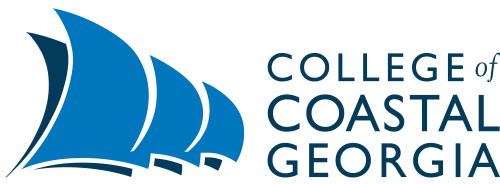- Home
- Reg Murphy Pubs
- Reg Murphy
- Why manufacturing matters in the Isles
Why manufacturing matters in the Isles
On May 4, the Chamber of Commerce had its annual State of Manufacturing lunch. It was great to celebrate manufacturing in the Golden Isles and to recognize the 70 years that Georgia Pacific has been in our community. While preparing some remarks for my brief talk, I ran across some data that I would like to pass along.
One of the issues that the economists at the Murphy Center discuss among ourselves is why did southeast Georgia take so long to recover from the recent recession? To review, relative to the state and to the nation, southeast Georgia was the first to enter recession in 2008 or so. Then, relative to the state and to the nation, southeast Georgia was the last to show signs of overall recovery in late 2014 or early 2015. If you do the math, southeast Georgia was in recession the longest of possibly any area in the United States. This performance was even in the face of a port that was booming and a hospitality industry that was doing very well. To figure out reasons for this duration is important.
One of the issues we consider is the diversity of our economy. Some say we are too dependent on tourism for our own good. This may be true, but it is a wonderful advantage that we have over the rest of the world. Why not use it?
Data show that in 2000, our area had 270 firms that were identified as construction and 85 that were identified as manufacturing. By 2006 firms in construction had increased to 338 while manufacturing firms had increased to 95. It does not take a rocket scientist to argue that the housing boom was driving the number of construction-based businesses.
Then the recession hit. By 2017, the number of firms identified as construction had fallen to 213 while manufacturing firms are at 76. Overall, in the goods-producing sector of our economy, manufacturing represents 25 percent of the firms in 2017. In 2000, this was 20 percent. So, over the last business cycle, manufacturing relative to construction has become more important to us. I think this is important.
To an economist, the demand for labor and other inputs is a “derived demand.” This is to say the demand for workers and for their production is derived from the demand for the products they produce. In our case, the demand faced by construction firms is largely local, while the demand for manufacturing firms is national, if not global. In my mind, we had become so dependent on construction and local demand that we had to pull ourselves out of recession. Had we been more dependent on manufacturing, a broader market demand (regional, national, global) would have pulled us out of recession.
Consider the port, Sea Island and Jekyll Island. All three seemed to lead the recovery of the overall Golden Isles economy. Why? Think of where they sell. Clearly, all the automobile transports going past the St. Simons pier bring cars that are sold throughout the United States and not just the Golden Isles. Looking at all the jets that use McKinnon-St. Simons Island Airport, Sea Island serves an international marketplace. Lastly, a review of the license plates of vehicles on Jekyll Island indicates that a regional, if not national, demand is served.
By becoming more dependent on manufacturing and its broader marketplace we will become more resistant to the business cycle. We are diversifying where we sell. It is well worth our time to figure out ways to promote this diversification by thinking of ways we can develop manufacturing. Working on infrastructure would be a start. Maybe developing a local aviation driven training program would be another. Considering our community’s shared vision statement, a great start would be accomplished by simply Working together.
- Reg Murphy Center
- Skip Mounts
Reg Murphy Center






